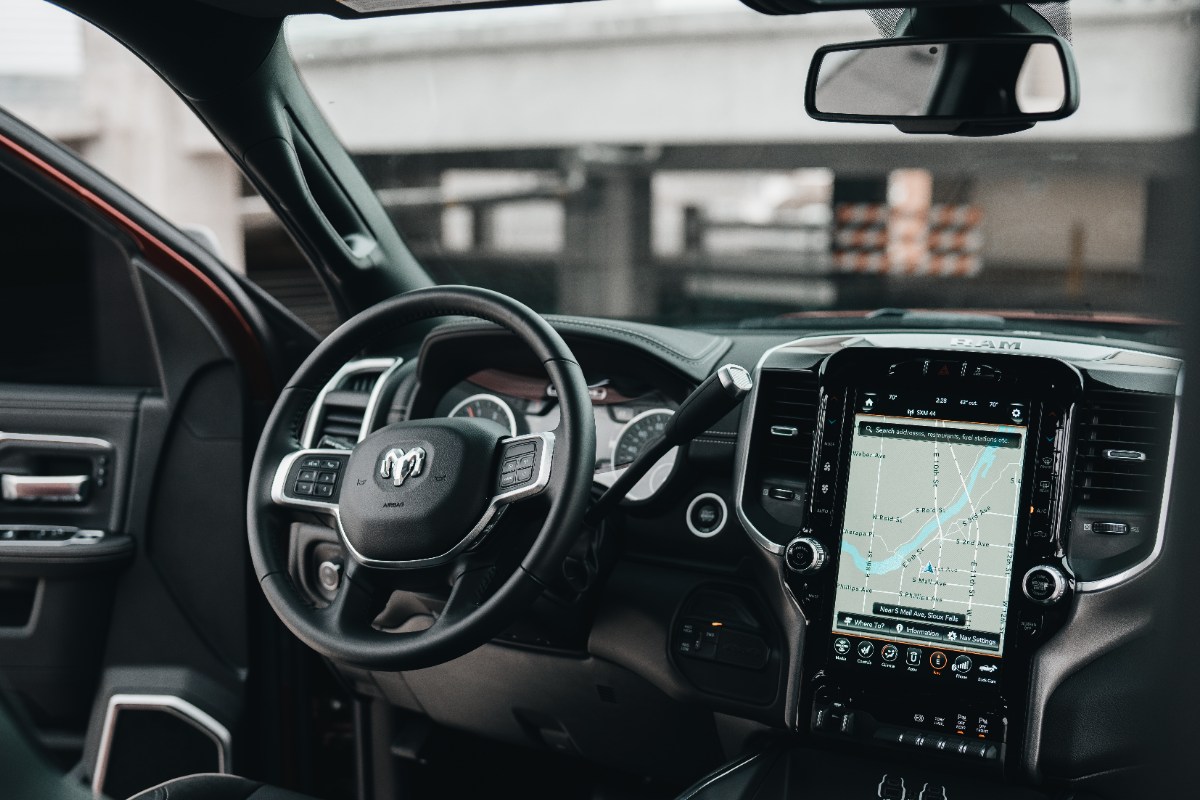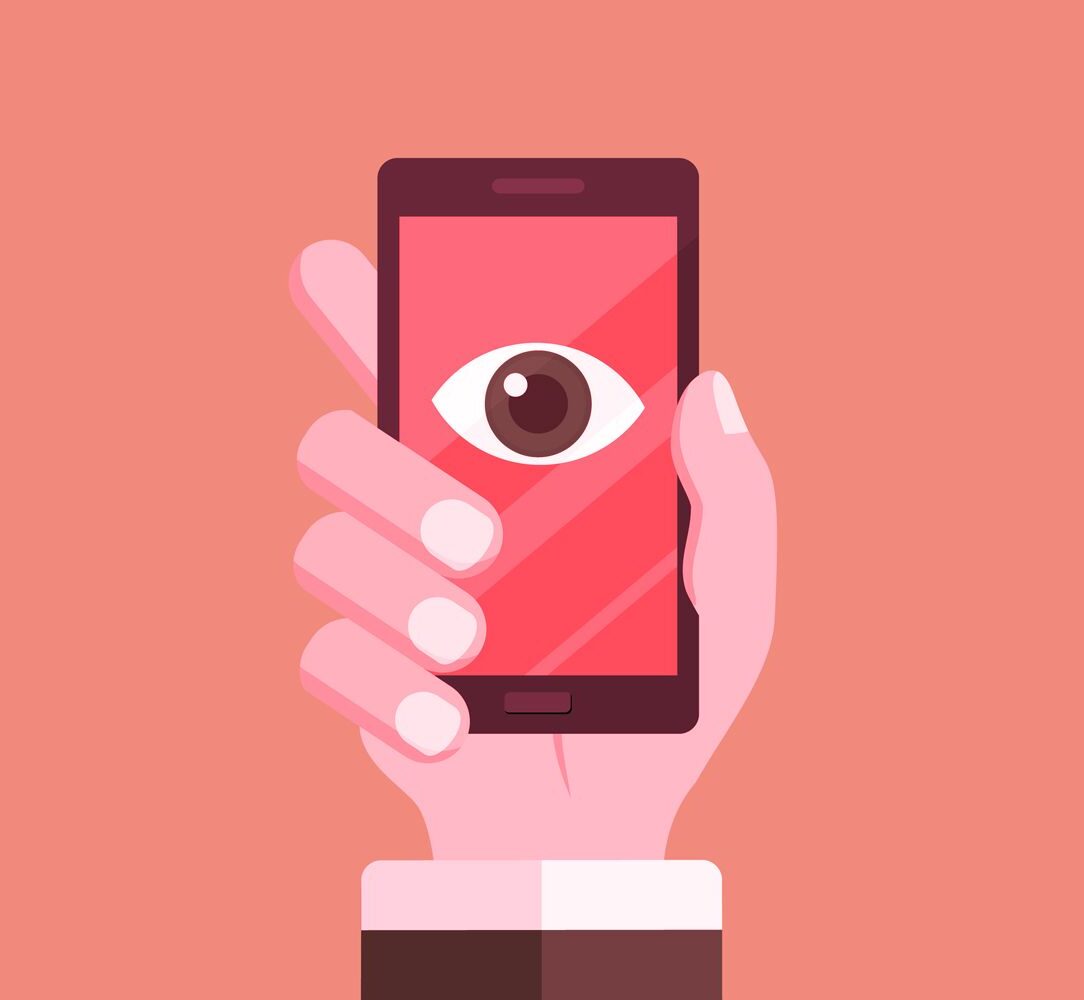If you’re concerned about the amount of data that companies are collecting on you, there are a few things you can do to limit their tracking. One way is to use private browsing mode when you’re online. This will prevent your browser from saving your history, which means companies won’t be able to use it to track your behavior.
You can also delete cookies regularly and opt out of online ads. Finally, be careful about the information you share online and only provide what’s necessary.
Are you concerned about hidden tracking? You’re not alone. Many people are worried about the potential for companies to track their online activity without their knowledge or consent.
Fortunately, there are a few things you can do to protect yourself from hidden tracking. First, use a browser extension like Privacy Badger or uBlock Origin to block third-party cookies and other tracking tools. Second, clear your cookies regularly.
And third, use a private browsing mode when possible.
Doing these things will help to reduce the chances of being tracked without your knowledge or consent. But it’s important to remember that no solution is perfect.
So even if you take these steps, be aware that some level of tracking may still occur.
Uninstall or Delete Hidden /spying apps from your Android Phone
How to Get Rid of Trackers on Your Phone
Most people are unaware that their phone is constantly sending out data about their location, activities, and personal information. This data is collected by corporations and government agencies in order to create targeted ads and sell products. It’s important to be aware of the trackers on your phone and take steps to protect your privacy.
There are a few different ways to get rid of trackers on your phone. The first step is to install an anti-tracking app like Disconnect Mobile or AntiTracker Free. These apps will block most tracking requests from websites and apps so that your data stays private.
Another way to stop trackers is to disable location services for individual apps. For example, you can turn off location services for Facebook in the settings menu. This will prevent the app from collecting data about your whereabouts.
You can also opt-out of ad tracking in the settings menu of most browsers such as Safari or Chrome.
Finally, you can limit the amount of personal information that you share online. Be cautious about what you post on social media and only provide information that is absolutely necessary when signing up for websites or creating online accounts.
How to Get Rid of Trackers on Iphone
If you’re concerned about privacy and security, one of the first things you should do is get rid of any trackers on your iPhone. Trackers are small pieces of code that follow you around online and collect data about your activity. This data is then used for targeted advertising or other purposes.
Fortunately, there are a few ways to get rid of trackers. You can use a tracker blocker like Ghostery or Disconnect. These apps will block most common trackers and make it more difficult for advertisers to target you.
You can also adjust your Safari settings to limit tracking. Go to Settings -> Safari and scroll down to the Privacy & Security section. Here, you can enable the Do Not Track setting, which will send a signal to websites telling them not to track your activity.
This isn’t foolproof, but it’s a good start.
Finally, you can delete cookies and other tracking data manually by going to Settings -> Safari -> Advanced -> Website Data. Here, you’ll see a list of all the cookies and other data that have been stored on your device.
You can select individual items or tap “Remove All Website Data” at the bottom to get rid of everything at once.
How to Get Rid of Trackers on Pc
There are a few things you can do to get rid of trackers on your PC. The first is to use an anti-malware program like Malwarebytes or Norton Security to scan your computer for any malicious software and remove it. You can also use a privacy extension like Ghostery or AdBlock Plus to block tracking cookies from being placed on your browser.
Finally, you can adjust your privacy settings in Windows 10 to limit what information is shared with apps and websites.
Remove Tracking Cookies Windows 11
Most internet browsers have cookies enabled by default, but if you’re using Microsoft Edge on Windows 10, you’ll need to enable them yourself. Here’s how:
1. Open Microsoft Edge and click the three dots in the top-right corner of the window.
2. Select Settings from the drop-down menu.
3. Scroll down to the Cookies section and turn on the toggle switch next to Allow sites to save and read cookie data (recommended).
4. Close the Settings tab when you’re finished.
Now that cookies are enabled in Microsoft Edge, you can start browsing websites as usual. If you ever want to remove tracking cookies that have been placed on your computer, here’s how:
1. Open Microsoft Edge and click the three dots in the top-right corner of the window again.
2. This time select History from the drop-down menu.
3. In the History pane, select Clear history at the top of the page.
4a) If you want to delete all your browsing history, including cookies and cached data, select everything from the list of options and click Clear now at the bottom of the page .
4b) If you only want to delete tracking cookies, uncheck everything except for Cookies and other site data and Cached data and files , then click Clear now at the bottom of the page .
5 . Close Microsoft Edge when you’re finished .

Credit: www.zetronix.com
How Do I Get Rid of Hidden Trackers?
According to a recent study, the average person has around 26 hidden trackers on their devices. That’s a lot of people tracking you without your knowledge! But don’t worry, there are ways to get rid of these pesky little creatures.
The first step is to find out which trackers are on your device. There are a few different ways to do this. One option is to use a tracker blocker extension in your web browser.
Another option is to use a mobile app like Disconnect Mobile or Privacy Badger. Once you know which trackers are on your device, you can start taking steps to get rid of them.
One way to get rid of trackers is to simply delete the apps or browser extensions that contain them.
This may not be possible for all trackers, but it’s worth a try. Another way to get rid of trackers is to opt-out of data collection by visiting the websites of the companies that are collecting your data and following their instructions for opting out. Finally, you can also try using anti-tracking software like Ghostery or AdBlock Plus, which will block most tracking cookies and other types of tracking software from being installed on your device in the first place.
With so many ways to be tracked online these days, it’s important to take steps to protect your privacy. Getting rid of hidden trackers is a great place to start!
How Do I Turn off Hidden Tracking on My Iphone?
Assuming you would like a blog post discussing how to turn *off* hidden tracking on your iPhone:
“How do I turn off hidden tracking on my iPhone?”
With the release of iOS 14, Apple gave users more control over their privacy, including the ability to limit ad tracking and hide their location.
In this article, we’ll show you how to turn off hidden tracking on your iPhone.
Advertising and marketing companies have long used people’s data to target ads and sell products. This has become even more prevalent in recent years with the growth of online advertising.
While some people don’t mind this targeted advertising, others find it invasive and intrusive. And with good reason – studies have shown that targeted ads can be manipulative and even cause anxiety and depression.
Luckily, Apple has introduced a new feature in iOS 14 that gives users the ability to opt out of being tracked by advertisers.
Here’s how to turn it off:
1. Go to Settings on your iPhone.
2. Tap Privacy.
3. Select Tracking.
4 under Allow Apps To Request To Track, tap the switch next to each app that you want to stop from being able track you across apps and websites owned by other companies for advertising purposes.
How Do I Remove a Tracker from My Browser?
If you’re concerned about someone tracking your online activity, there are a few steps you can take to remove trackers from your browser. Keep in mind, however, that no single solution will protect you from all forms of online tracking.
One way to remove trackers is to use a privacy-focused browser like Firefox or Brave.
These browsers come with built-in features that block third-party trackers and cookies. You can also install plugins or add-ons that provide additional protection against tracking, such as Privacy Badger or Ghostery.
Another way to reduce online tracking is to delete cookies regularly.
Cookies are small pieces of data that websites store on your computer. They’re used for things like keeping you logged into your account or remembering your preferences on a site. Most browsers have an option to clear cookies automatically when you close the window, or you can do it manually by going into the settings and deleting them yourself.
You can also limit the amount of information that’s shared with sites by adjusting your privacy settings in your browser. This includes things like whether you allow websites to access your location or whether you want sites to save cookies on your computer. By limiting the information that’s shared with websites, you can make it more difficult for them to track your activity online.
How Do I Get Rid of Tracking Files?
There are a few things you can do to get rid of tracking files. The first is to use a file shredder or eraser. This will permanently delete the files from your hard drive.
The second is to use a privacy protection program like Privacy Guardian or PC Tools Privacy Guardian. These programs will help you remove cookies, cache, and other tracking files from your computer. Finally, you can manually delete the files yourself by going into your browser’s settings and deleting the cookies and cache files.
Conclusion
If you’re concerned about hidden tracking on your devices, there are a few things you can do to protect yourself. First, install a trusted anti-virus and anti-malware program on your computer and keep it up-to-date. This will help to detect and remove any malicious software that may be installed on your system.
Secondly, be careful about the websites you visit and the links you click on. Avoid clicking on any suspicious links or downloading anything from untrustworthy sources. Finally, check the privacy settings on your browser and social media accounts to make sure only people who you want to have access to your information can see it.
By taking these simple steps, you can help to protect yourself from hidden tracking.


